Yellowstone National Park by Snowshoe: Out and back to Mystic Falls

Words and photos by Andrew Coghill
Yellowstone National Park in winter is a snowshoer's paradise. So when our new snowshoes arrived in the mail, we wasted no time putting them to use. My girlfriend and I had the day off work from our seasonal jobs as guides and snowcoach drivers based at Old Faithful Village in Yellowstone National Park. We consulted the ski shop staff at the Snow Lodge for tips on where to snowshoe and trail information and selected a shuttle drop to the trailhead for a 2.4-mile out-and-back hike to Mystic Falls.

It was 15 degrees on a mid-January morning when we strapped into our snowshoes at Biscuit Basin on the Firehole River. A herd of bison grazed in the distance while near the river a lone bull kept to himself. At our back, Rusty Geyser sputtered and steamed. We crossed the bridge spanning the Firehole and looked for river otters. Despite being out of fishing season, I couldn’t help myself from spying into the shallow water for holding trout. Come opening day in late-May the Firehole regains its annual position as ground zero for American fly-fishing culture.

Columns of water vapor billowed on either side of the boardwalk as we approached Sapphire Pool. The pools’ hypnotizing colors mask the danger lurking in its 180-degree water. Thermal features can change daily, aided by the 1,000 to 3,000 earthquakes that rattle the park each year. These other-worldly volcanic features and the beauty of the landscape inspired Congress to establish Yellowstone as the world’s first national park in 1872.

Near bubbling Avoca Spring the boardwalk ended and the trail entered a lodgepole pine forest. The 15 to 30-foot pines are descendants of trees that burned and released seeds from their fire-adapted cones in the dry summer of 1988 when one-third of Yellowstone’s forests burned in 50 separate fires. Vilified in the press at the time, today the fires of ’88 are considered a turning point in the public’s understanding of fire’s integral role in forest ecology.

The trail climbed higher into the canyon of the Little Firehole River, passing thick trunked Engelmann spruce and subalpine fir. The smell of the trees, unexpected in the cold, brought me to a stop. Periodic noise from snowmobiles and the snowcoaches that guide Yellowstone's winter tours gave way to the sounds of the forest. Clumps of snow fell from tree limbs while below me the Little Firehole River chattered over ancient lava flows.

As I walked along the well-packed trail I realized something—I was hiking! I barely felt the snowshoes on my feet and my trekking poles added stability on the uneven snowpack. Just for the fun of it, I walked off the trail into the powder. I’m guilty of occasionally begrudging the winter months for the snow that covers hiking trails and hides the joys of the Yellowstone backcountry until the spring thaw. I had cross-country skied earlier in the season, but as a novice skier, I spent more time focusing on technique and not falling than I had on my surroundings. The freedom of movement I felt on snowshoes allowed me to place my attention where it belonged—on the wonders of Yellowstone.

We rested within sight and hearing of 70 foot Mystic Falls. After returning to the trailhead we would snowshoe back to Old Faithful Village, passing Morning Glory Pool, Castle, and Old Faithful geysers, three Yellowstone icons. But out in the backcountry, alone to ourselves below Mystic Falls, we gazed at the thermally colored canyon walls and soaked in the solitude. We were in no hurry to leave. Yellowstone had us entranced.





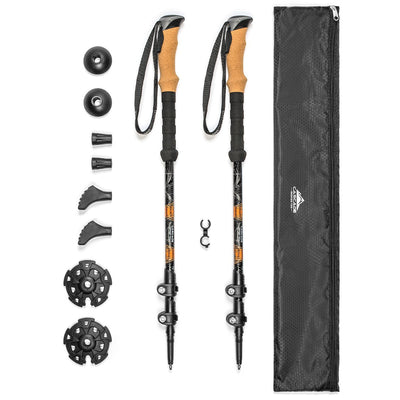
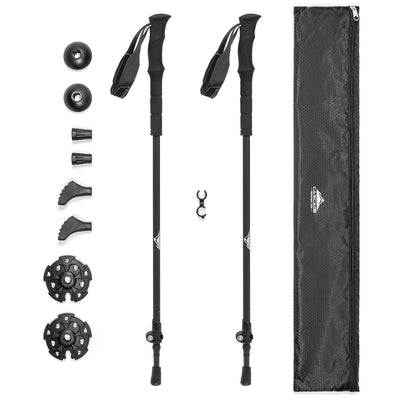
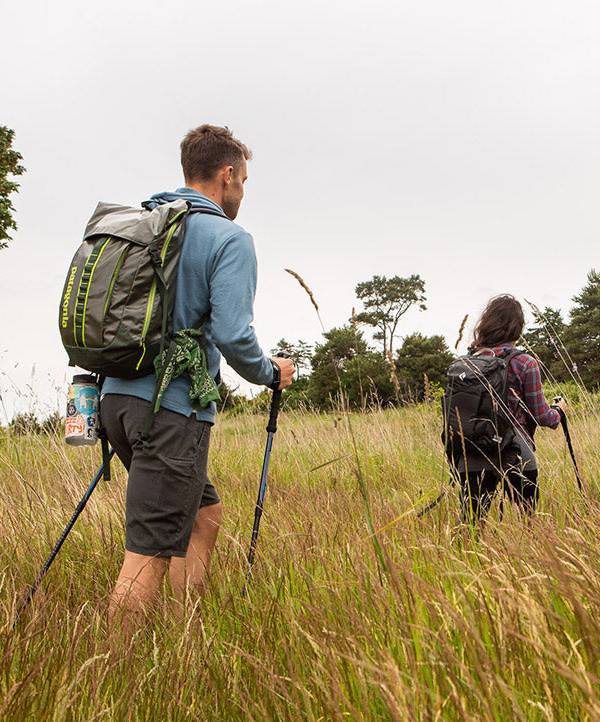
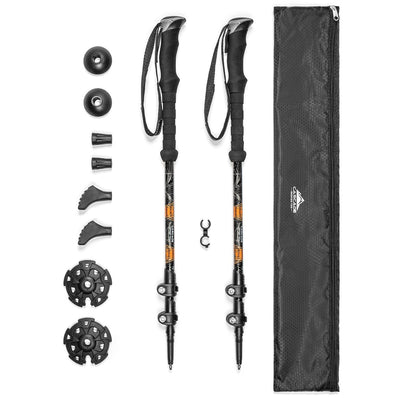
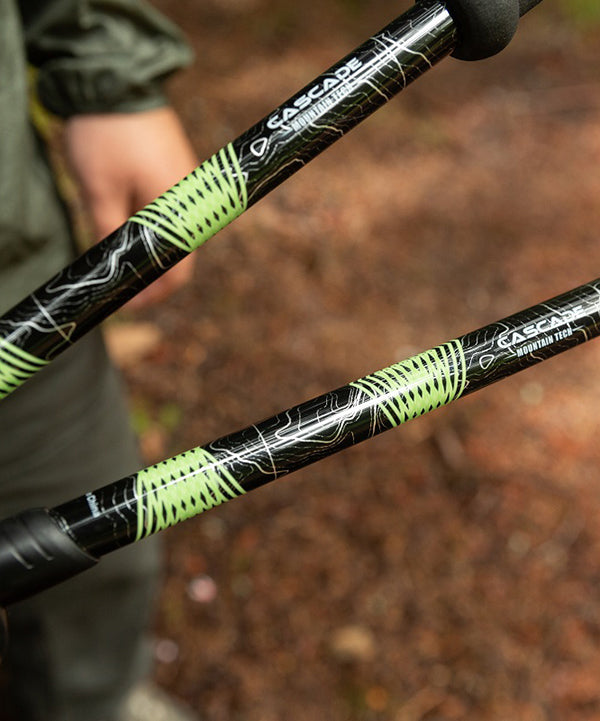
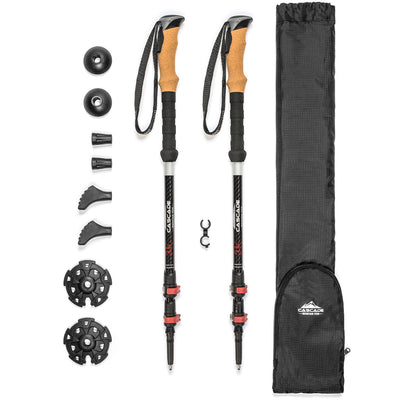
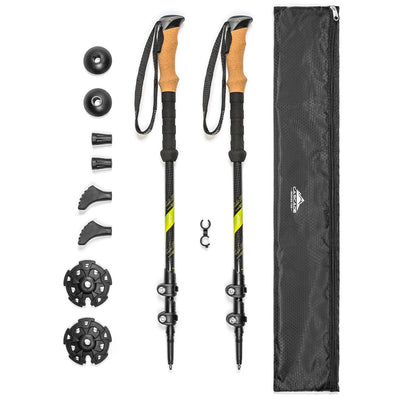
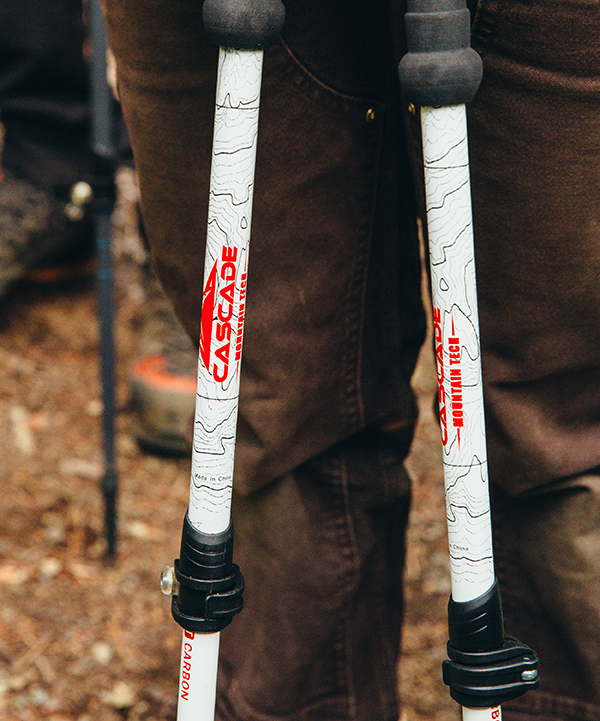
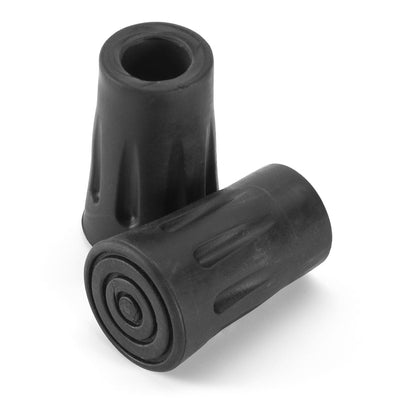
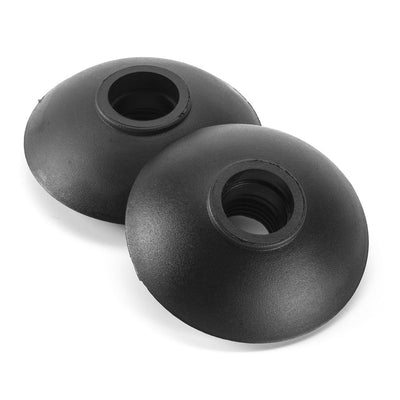
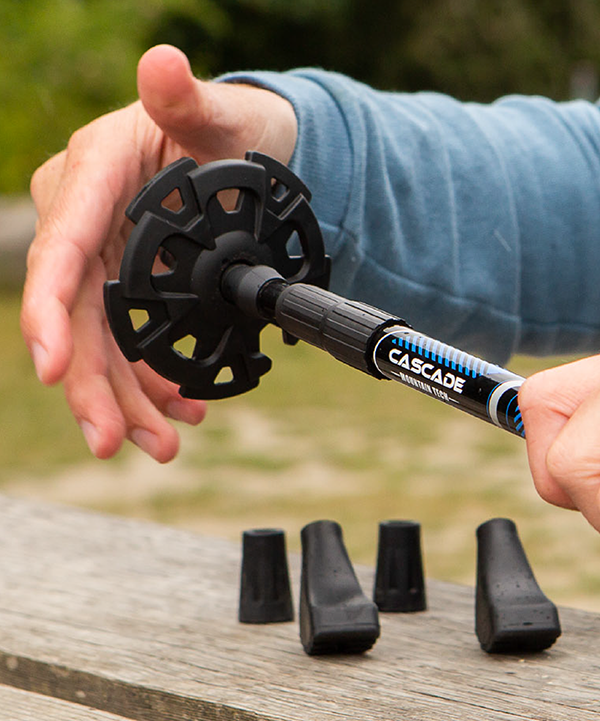
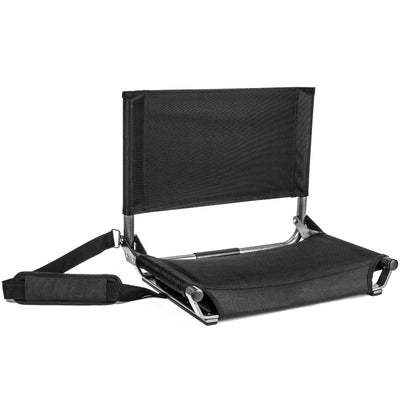
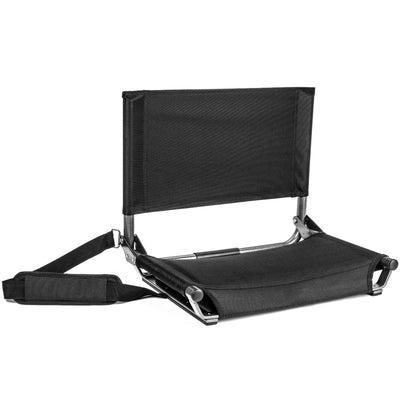
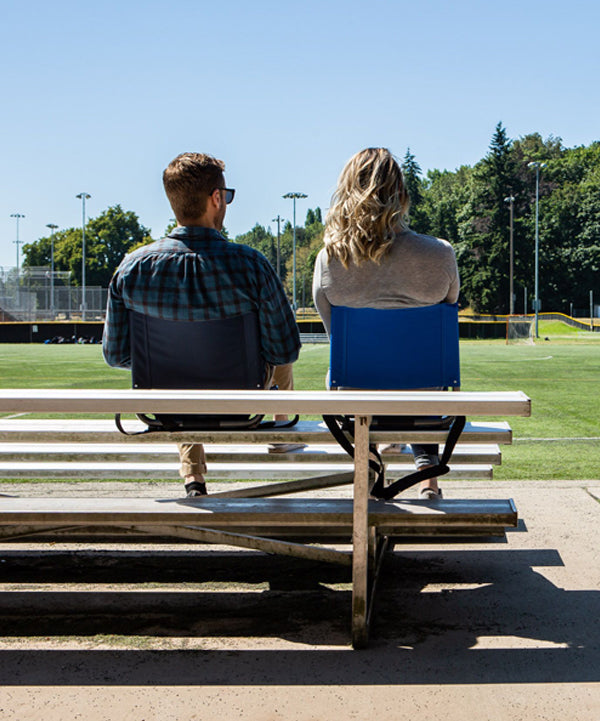
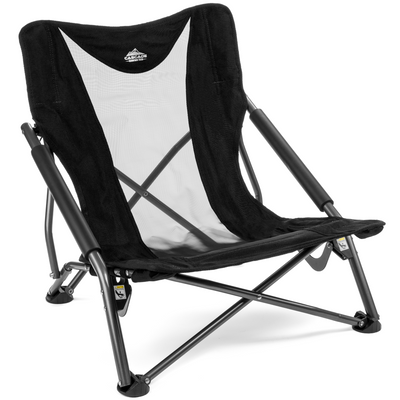
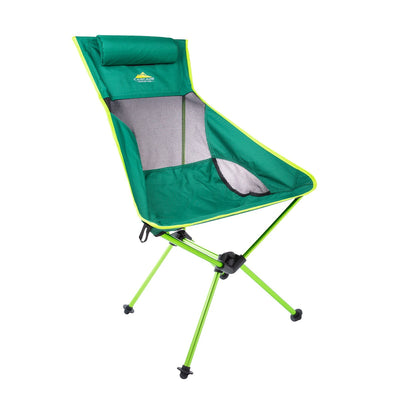
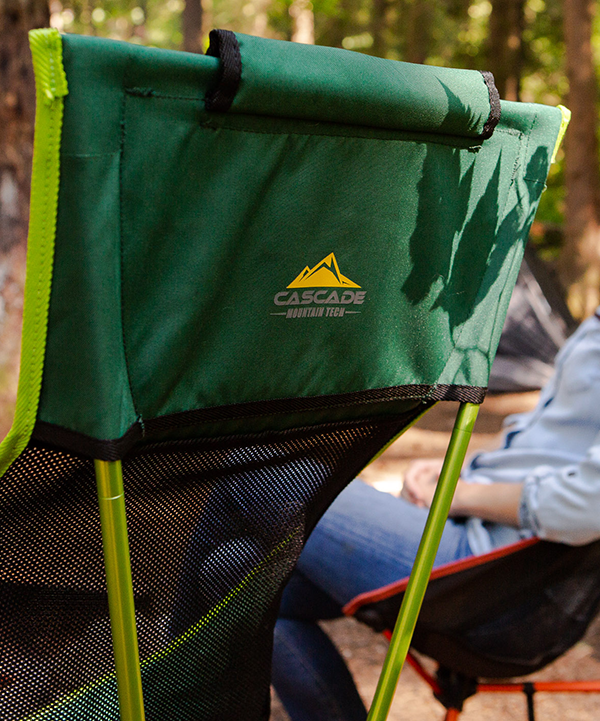
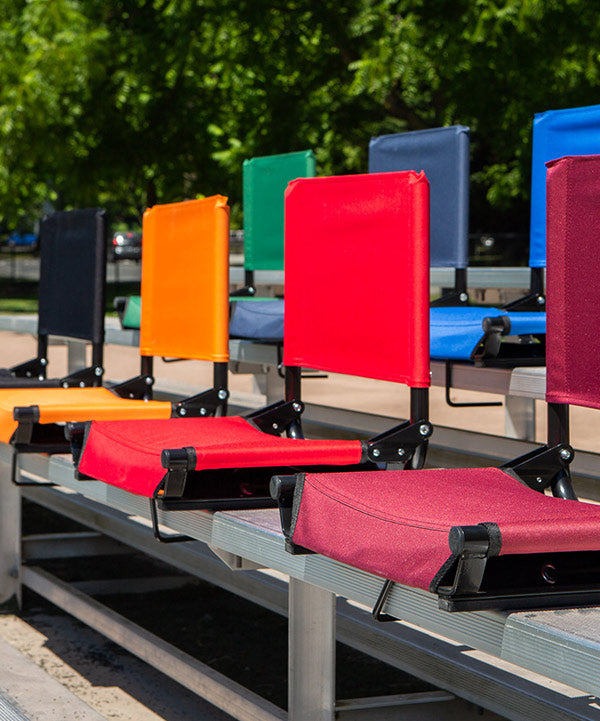
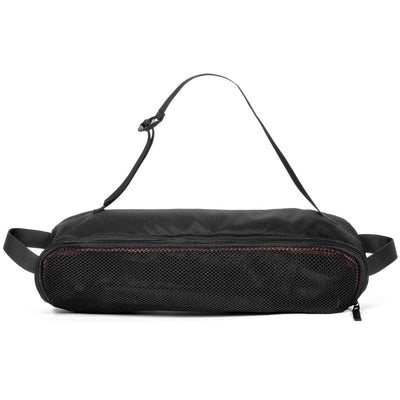
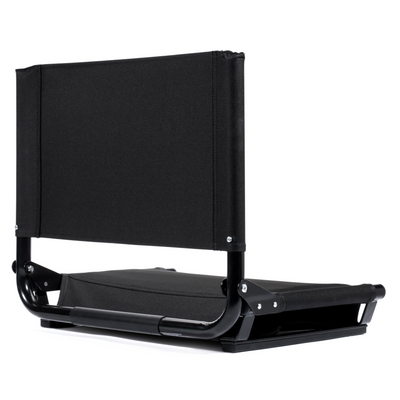
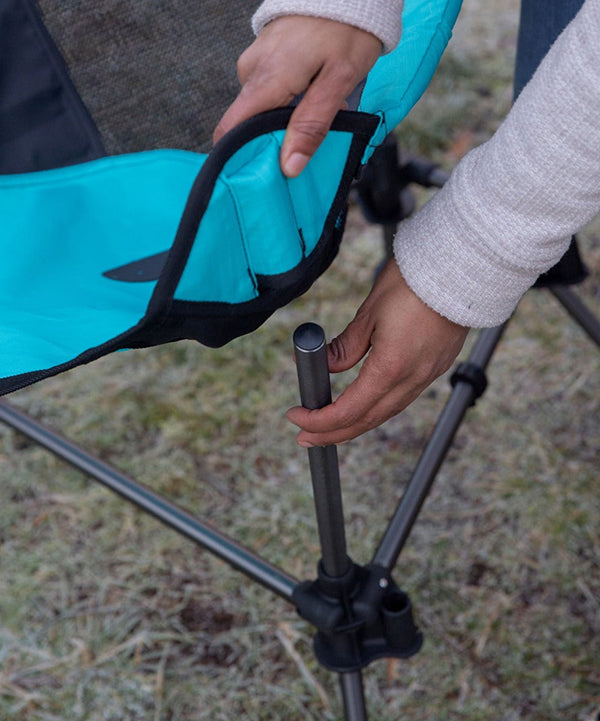
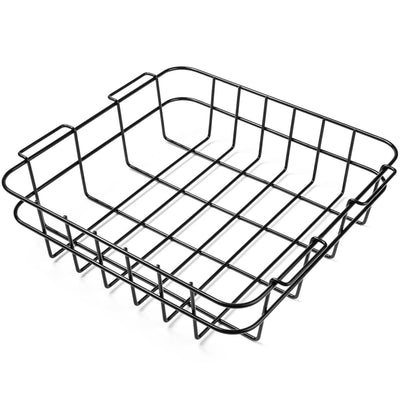
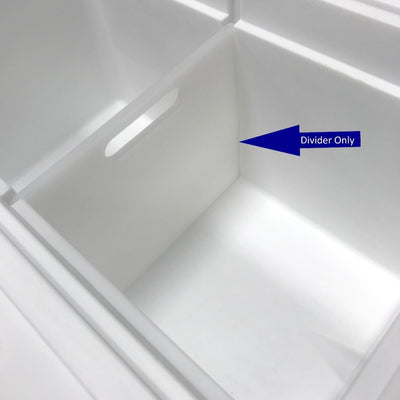
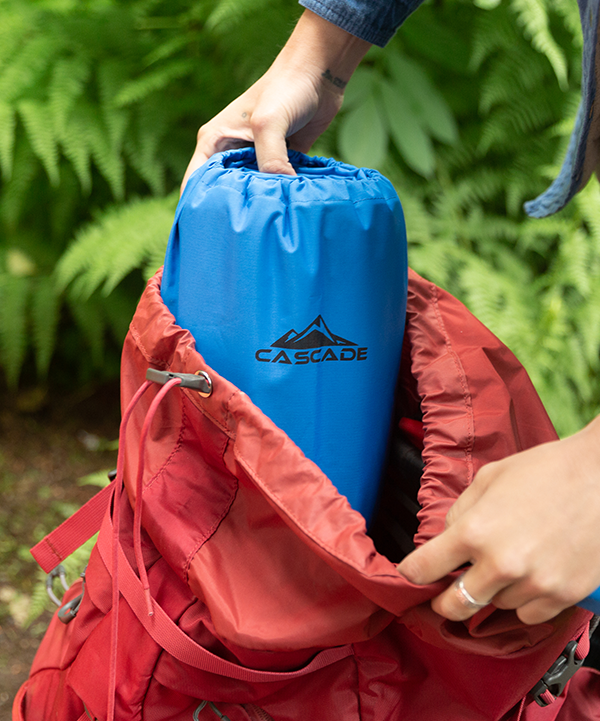
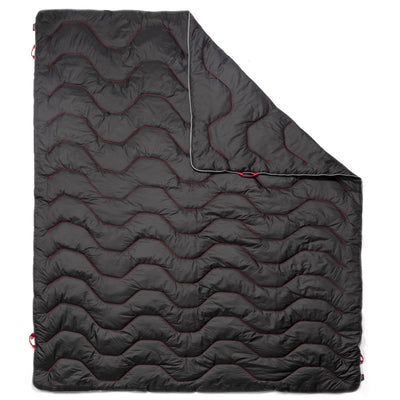
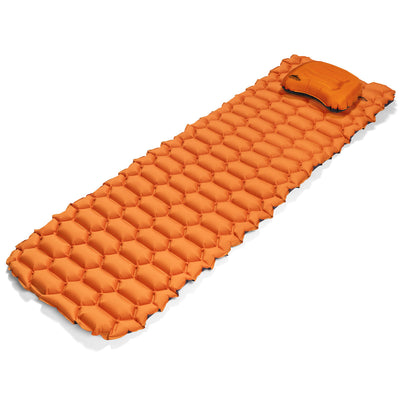
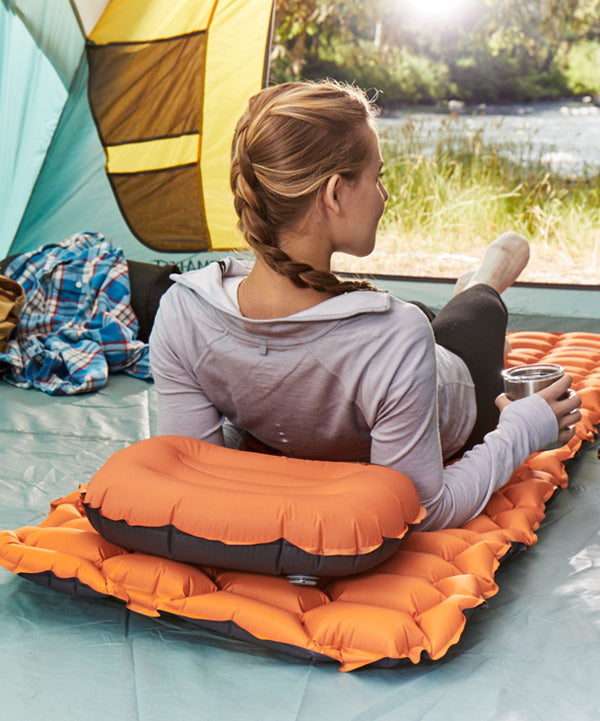
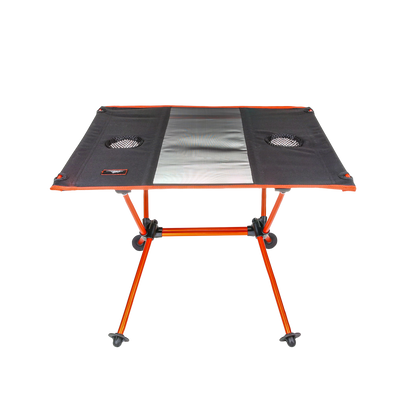
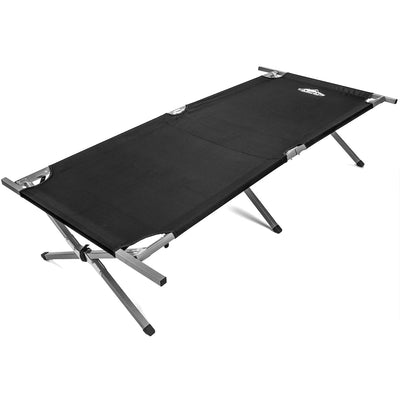
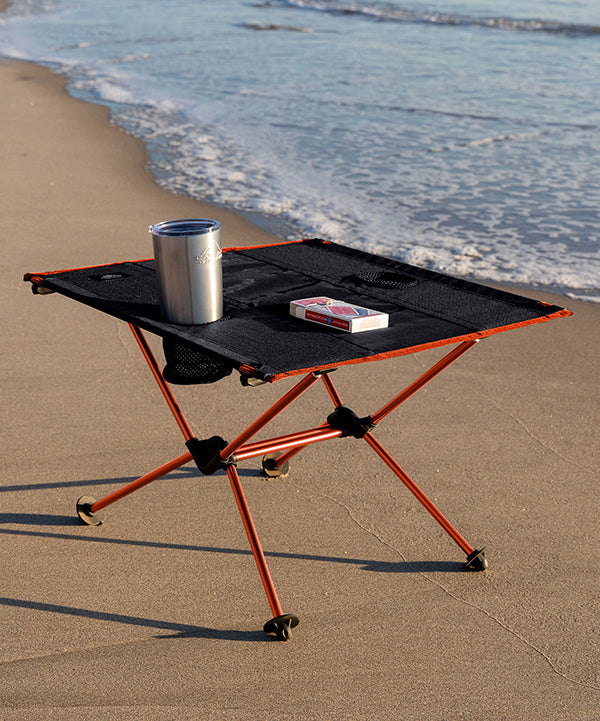
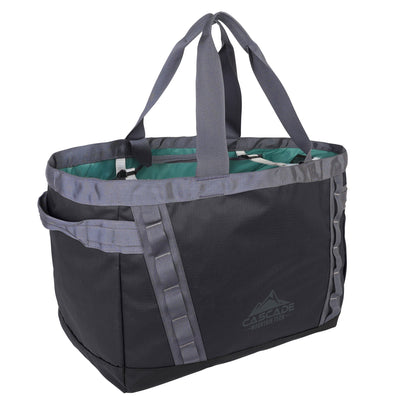
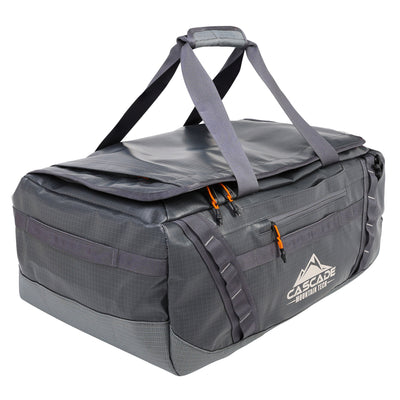
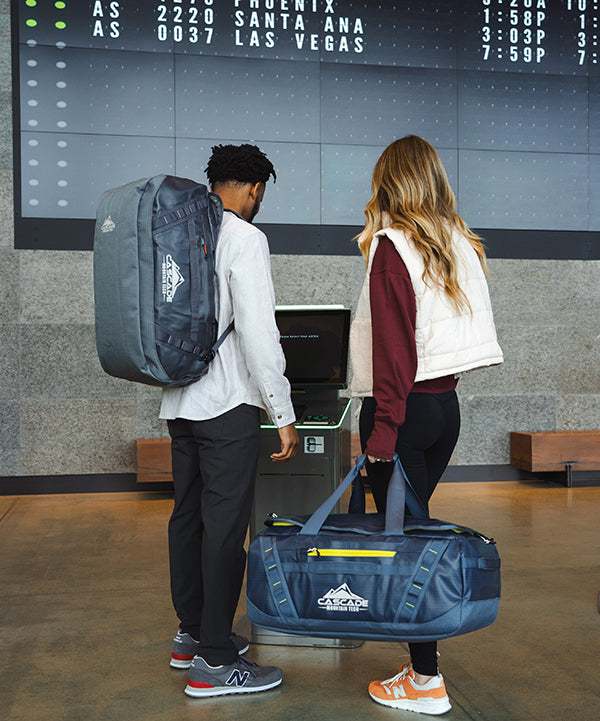
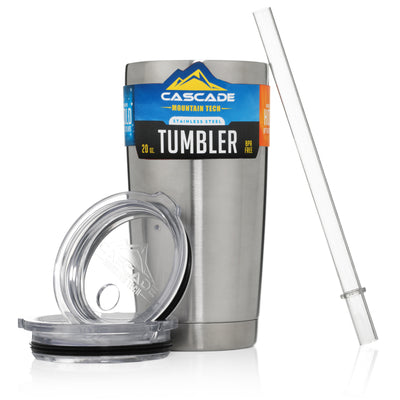
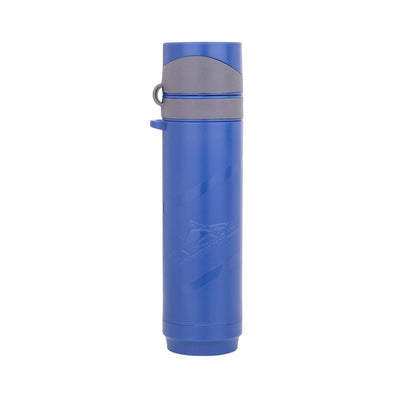
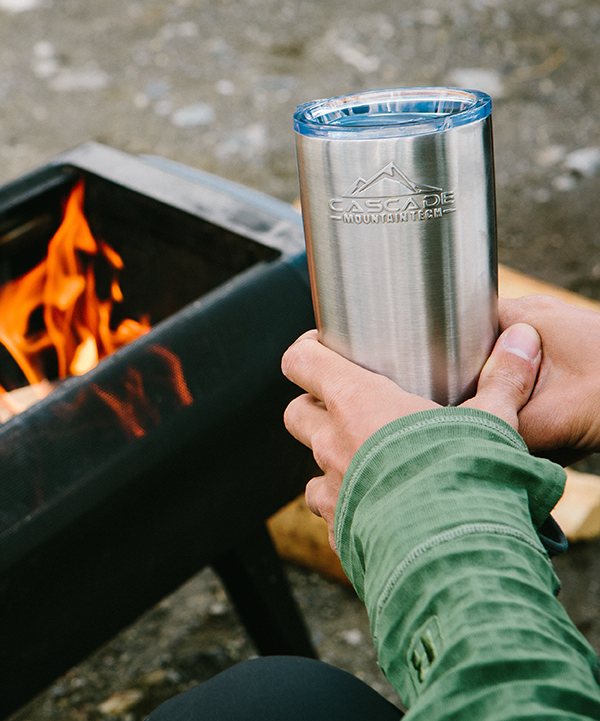
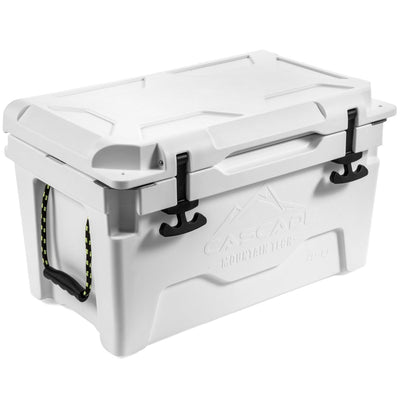
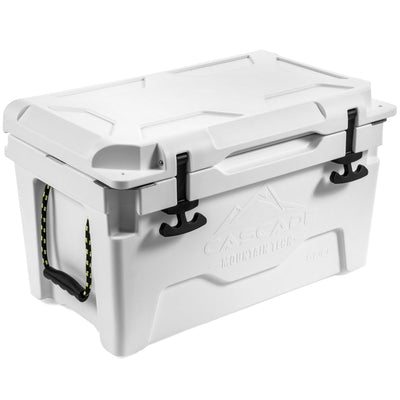
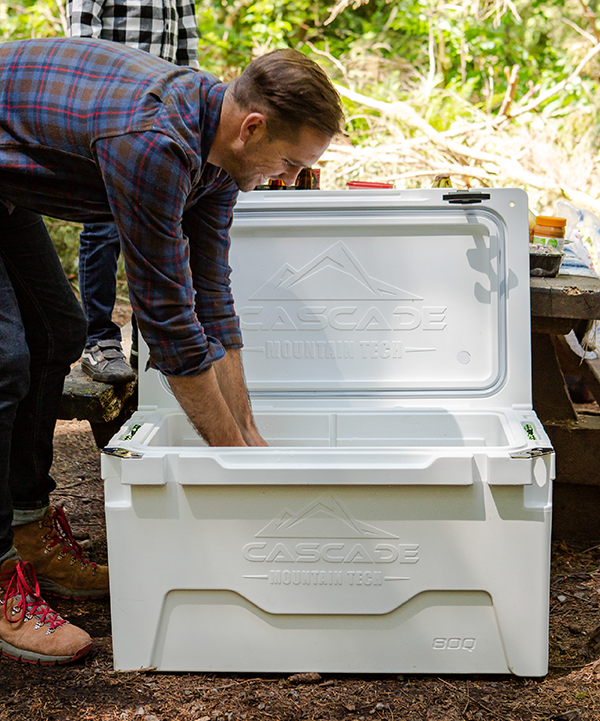
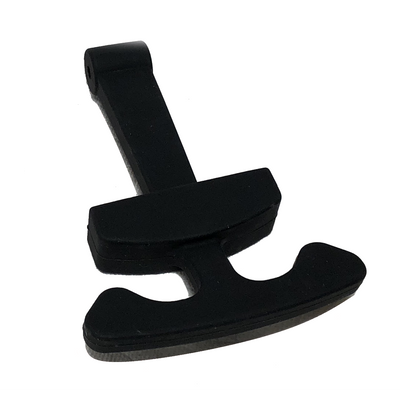
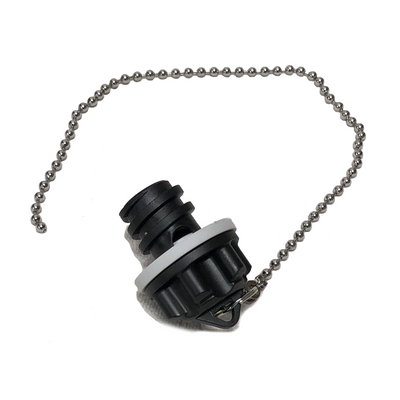
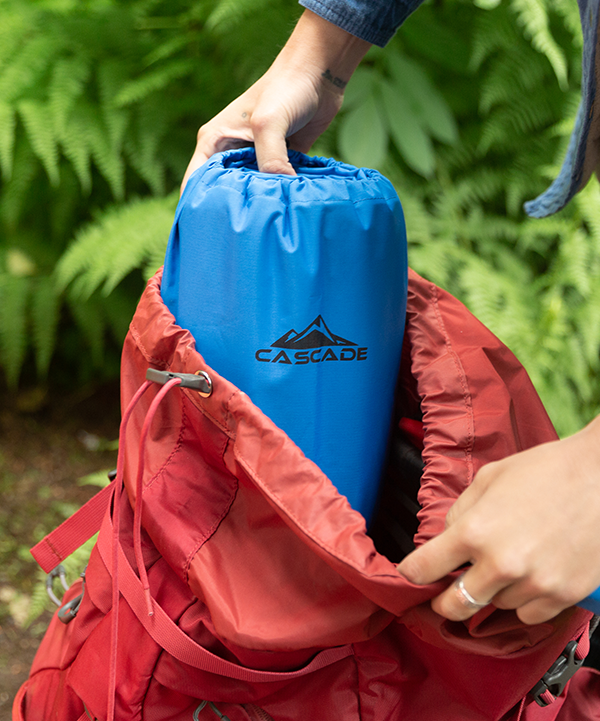
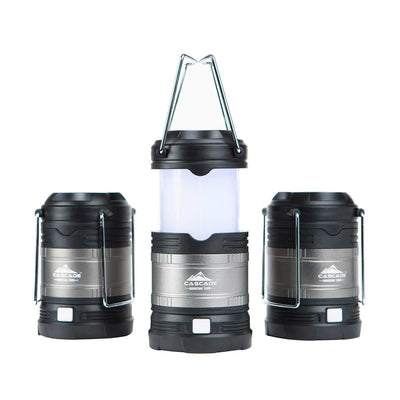
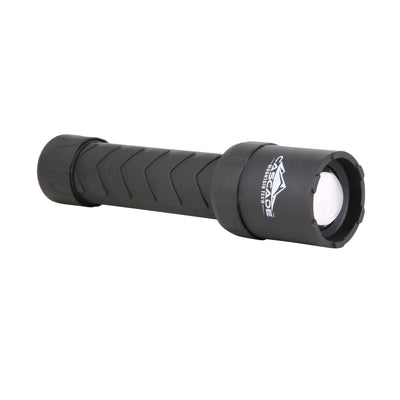
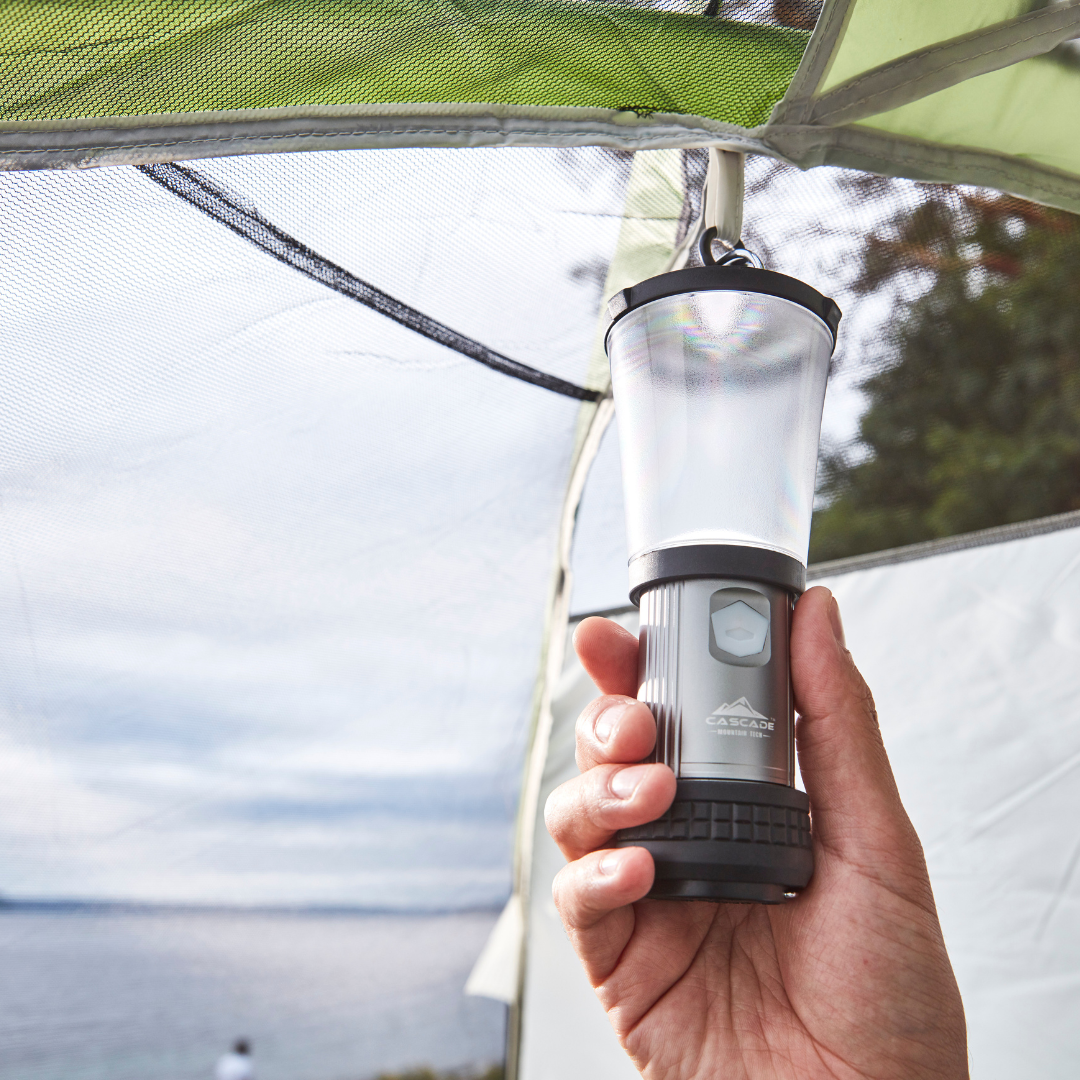
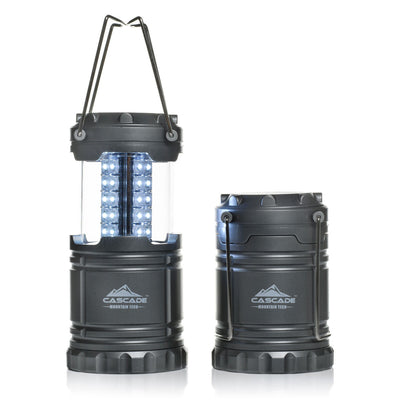
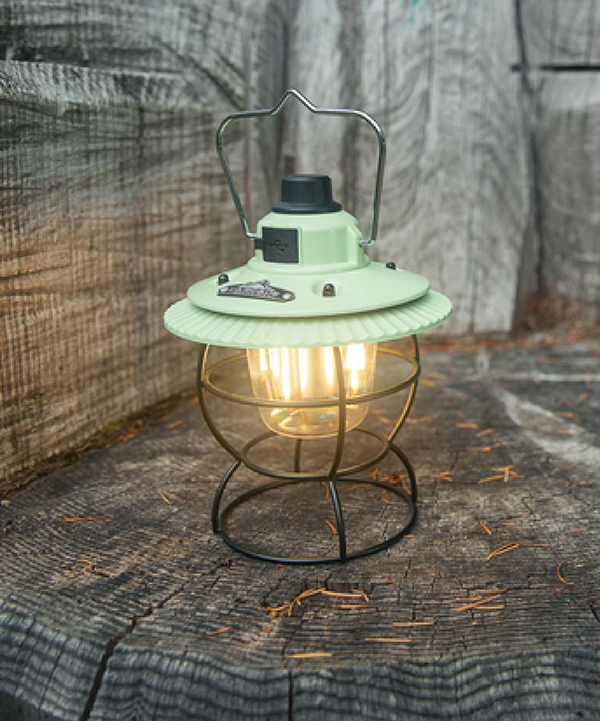

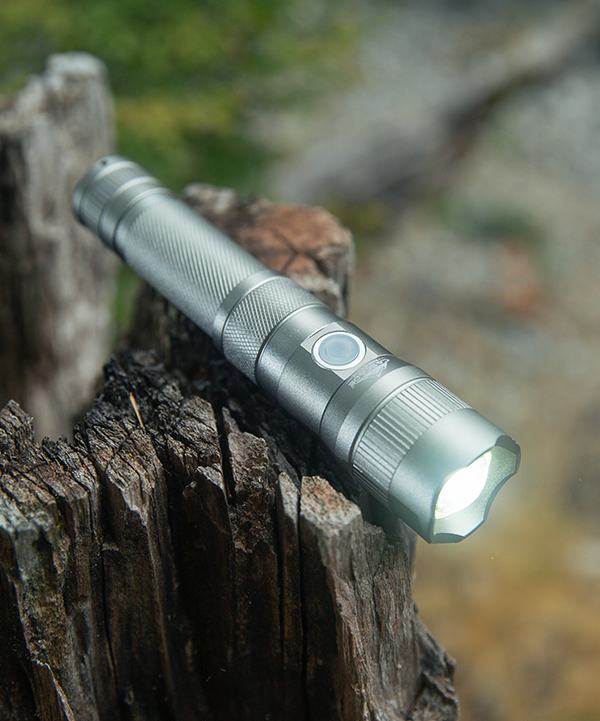
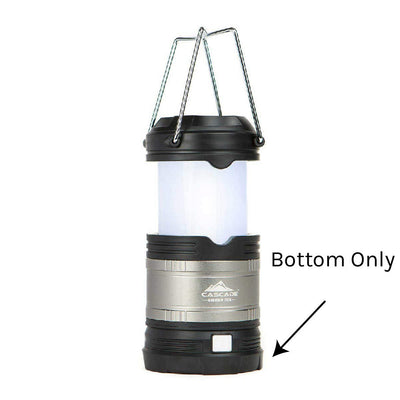
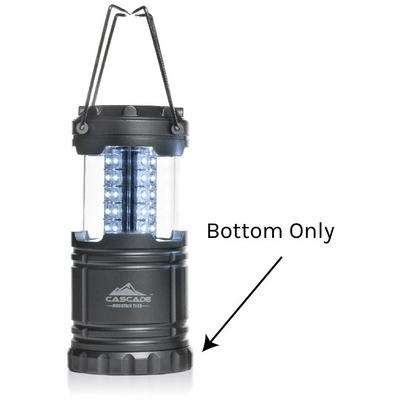
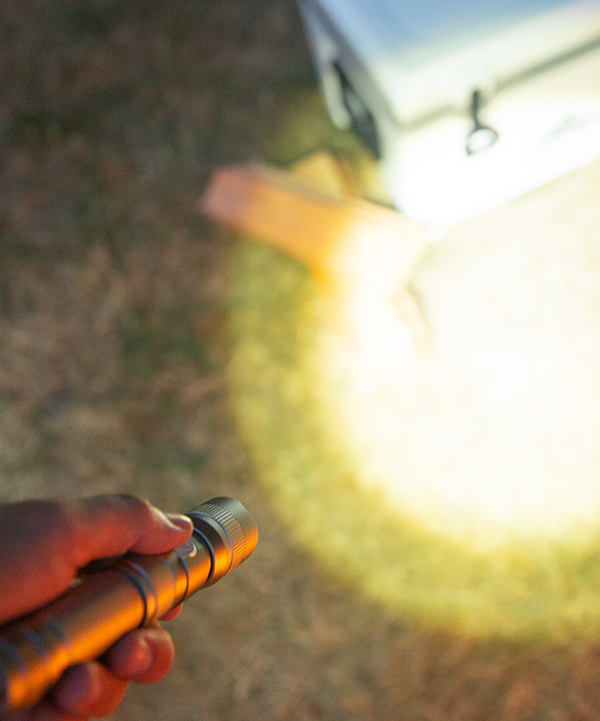
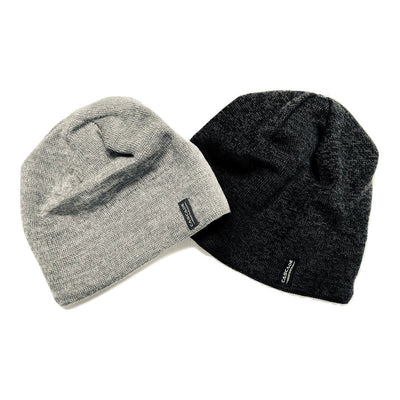
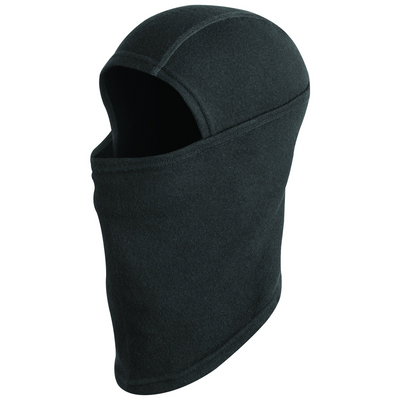
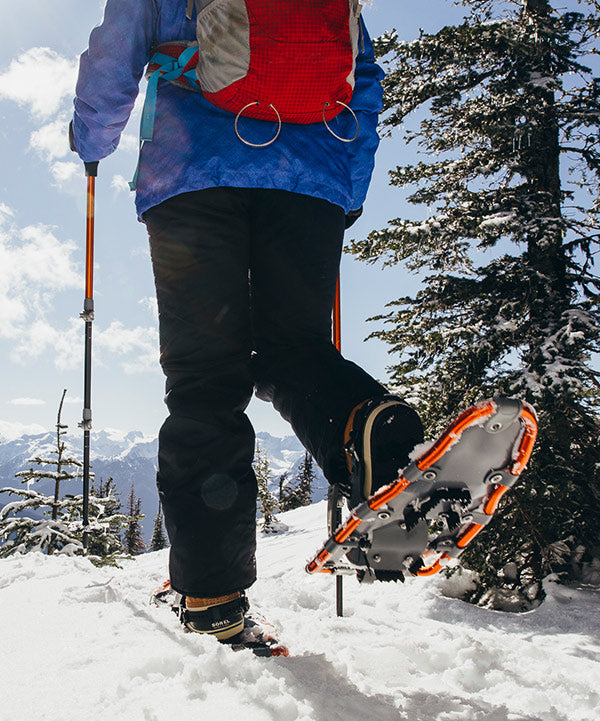
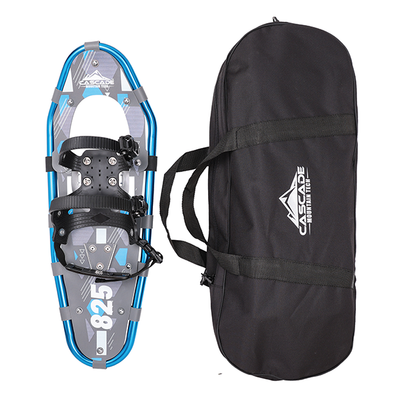
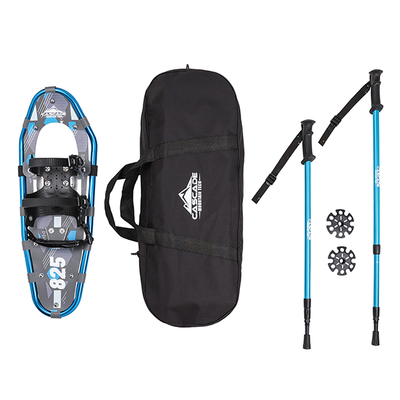
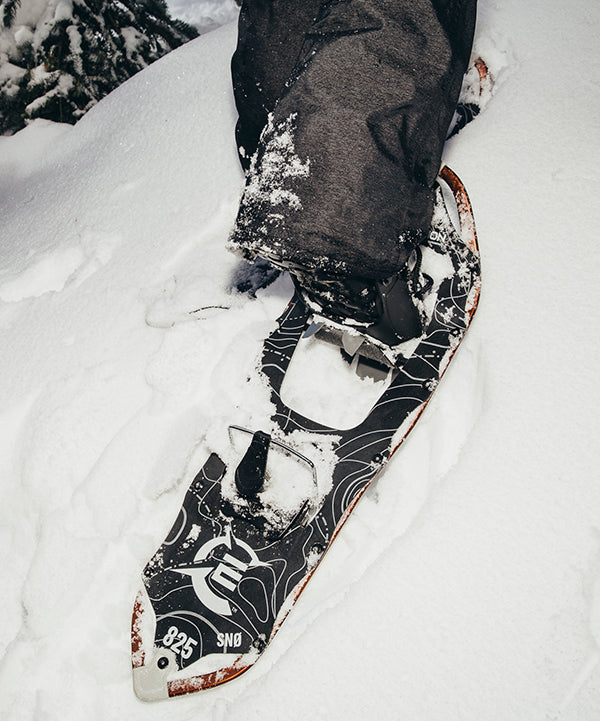
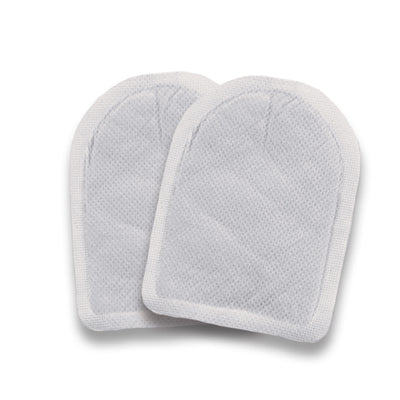
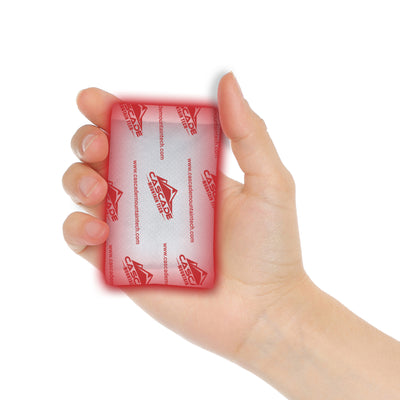
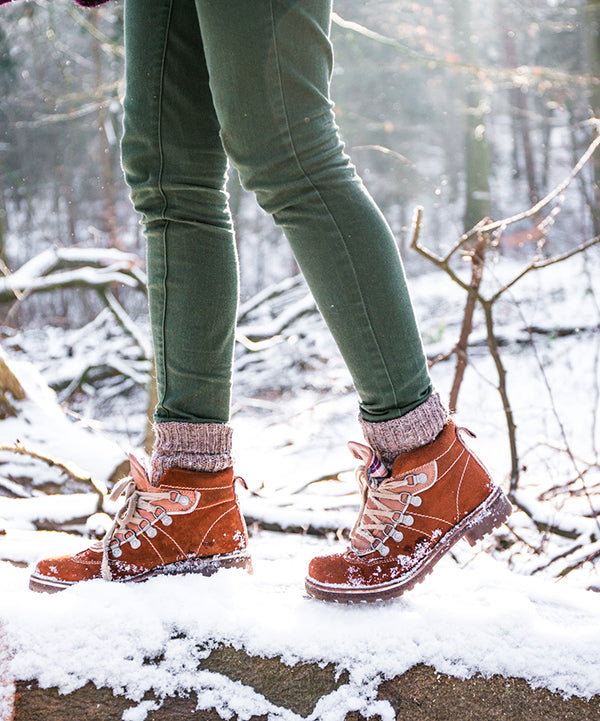
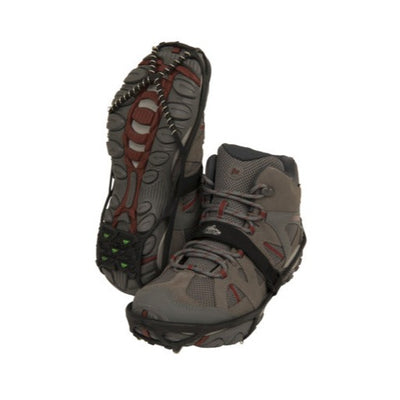
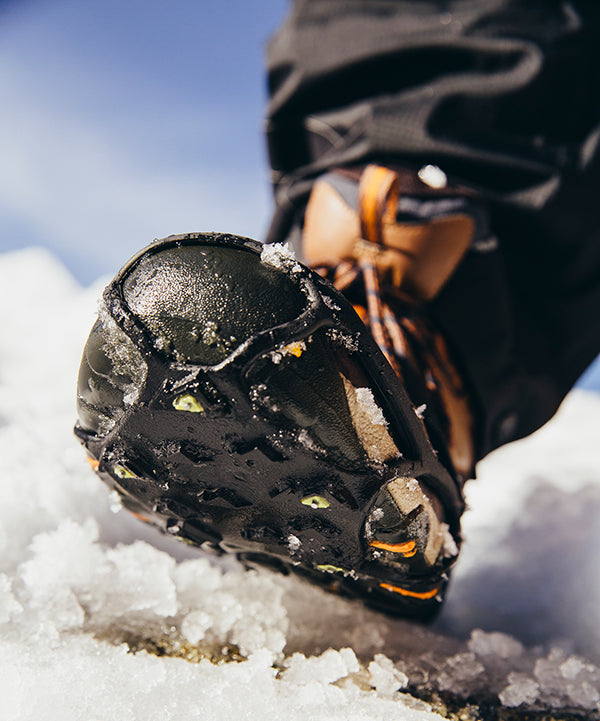
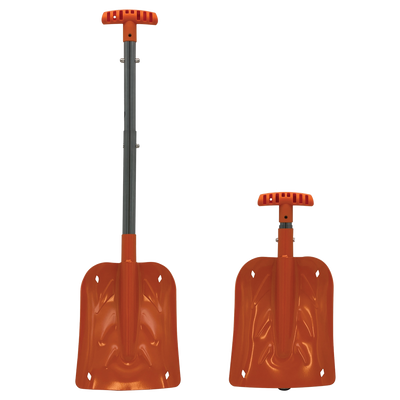
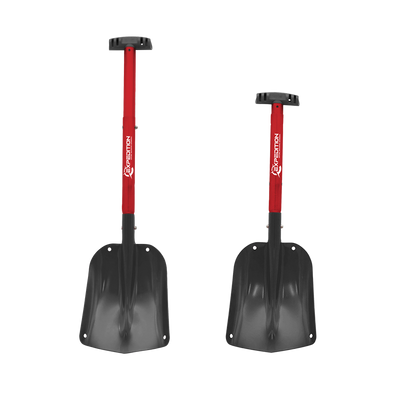
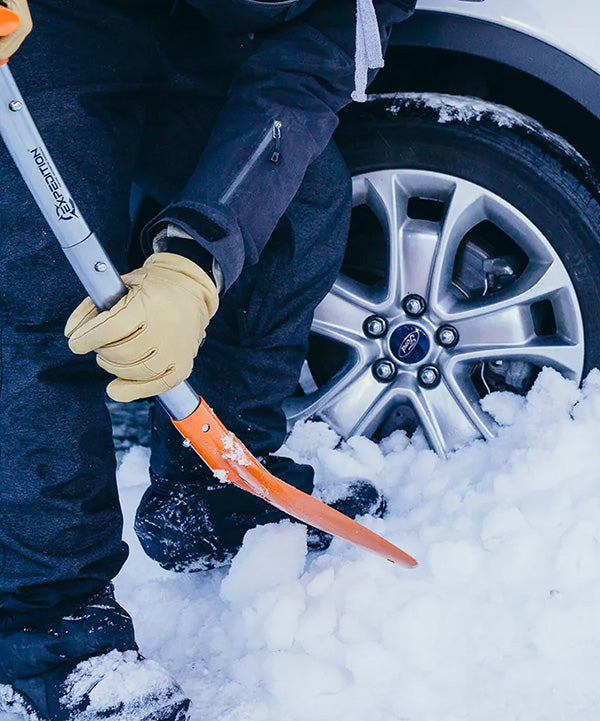
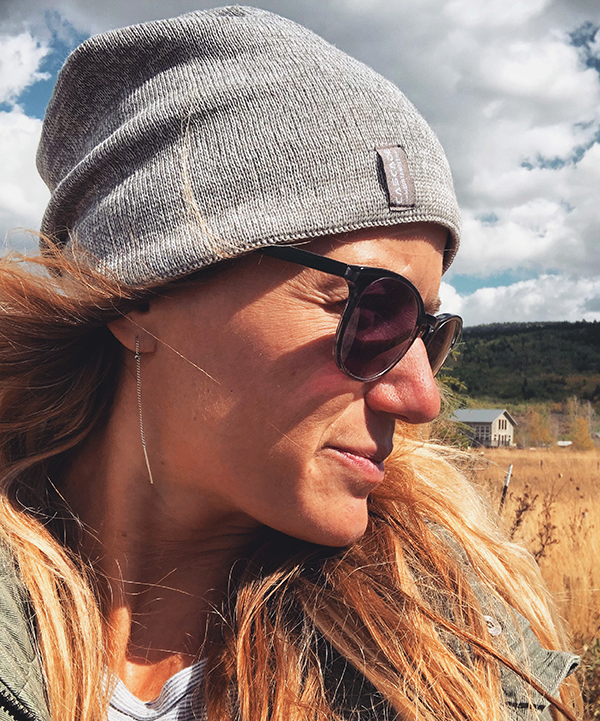
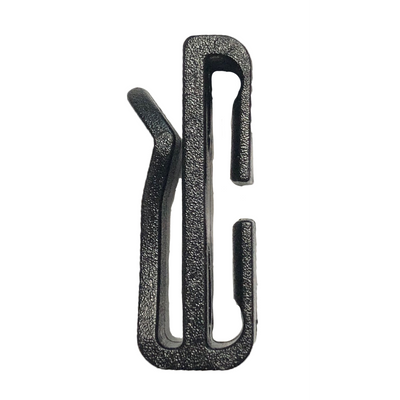
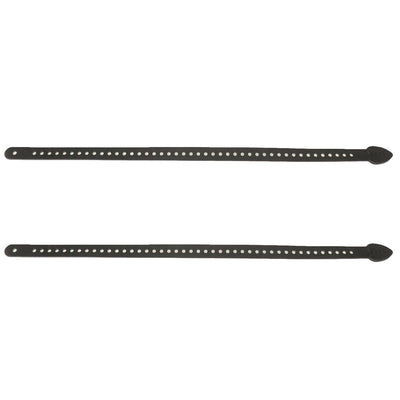
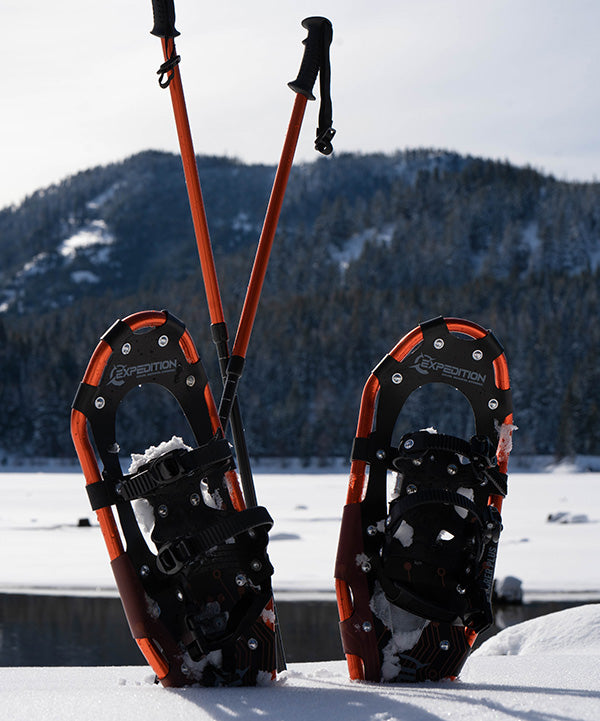










Thank you for bring us this blog. As an 87 yr old, I no longer hope to take this snowshoe trip, but immensely enjoyed vicariously sharing it.
Leave a comment